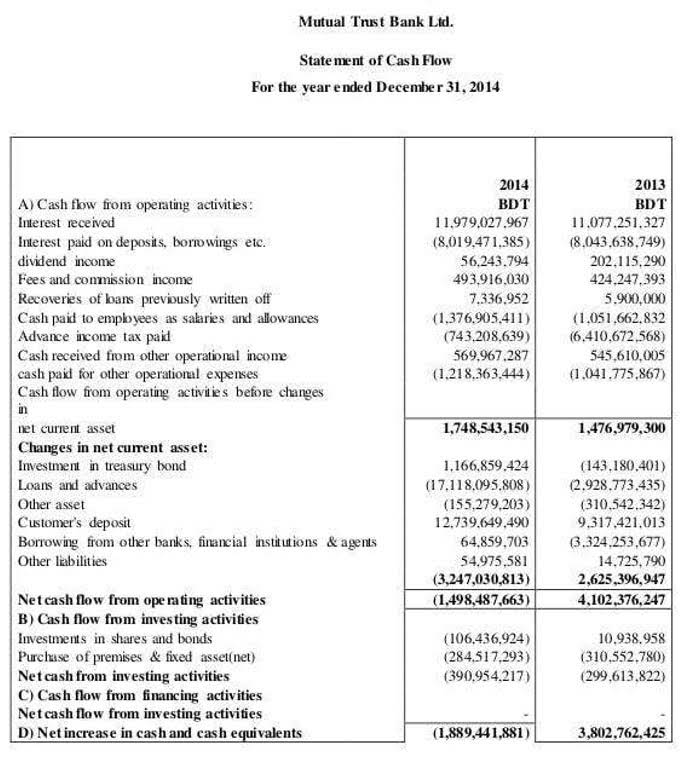Content

These contra accounts are accounts that are offset against another account. For example, you may find a contra expense https://www.bookstime.com/blog/sales-forecasting account, which covers things like purchase returns. There are also contra revenue accounts, which cover sales returns.
- In English Literature and Professional Writing from the University of Indianapolis, where she also worked as a graduate writing instructor.
- Even if you’re just beginning your savings journey, adding $50 a month to a high-yield savings account will help you capitalize on interest growth.
- For reference, the chart below sets out the type, side of the accounting equation (AE), and the normal balance of some typical accounts found within a small business bookkeeping system.
- For example, you may find a contra expense account, which covers things like purchase returns.
- However, the rules have been suspended under the Fed’s revision of Reg.
- For example, a contra asset account such as the allowance for doubtful accounts contains a credit balance that is intended as a reserve against accounts receivable that will not be paid.
A contra account contains a normal balance that is the reverse of the normal balance for that class of account. The contra accounts noted in the preceding table are usually set up as reserve accounts against declines in the usual balance in the accounts with which they are paired. For example, a contra asset account such as the allowance for doubtful accounts contains a credit balance that is intended as a reserve against accounts receivable that will not be paid. High-yield savings accounts are similar to traditional savings accounts, but they offer customers interest rates that are many times higher than the national average. With the proliferation of internet-only banks in the late 1990s, heightened competition to offer the best rates resulted in the phenomena now known as the high-yield savings account.
Normal Balances of Accounts Chart
Since liabilities, equity (such as common stock), and revenues increase with a credit, their “normal” balance is a credit. Table 1.1 shows the normal balances and increases for each account type. We’ve covered debits, credits, the basic accounting equation and accounts but we need to go further into accounts.
Though we can’t review every available financial company or offer, we strive to make comprehensive, rigorous comparisons in order to highlight the best of them. For many of these products and services, we earn a commission. The compensation we receive may impact how products and links appear on our site. Ed’s inventory would have an ending debit balance of $38,000. Double Entry Bookkeeping is here to provide you with free online information to help you learn and understand bookkeeping and introductory accounting. Every transaction, no matter the complexity or simplicity, can be represented by this simple equation.
Types of Accounts in Accounting (Quick Recap)
Previously, she contributed as a freelance writer for websites, including CreditCards.com, Centsai and Wisebread. She was also a regular contributor to Business AM TV, and her work has been featured on Yahoo News. Being a part-time real estate investor and amateur gardener also brings her joy. Writers and editors and produce editorial content with the objective to provide accurate and unbiased information. A separate team is responsible for placing paid links and advertisements, creating a firewall between our affiliate partners and our editorial team.
- On the other hand, a business that has not reached profitability will debit a cumulative earnings/loss equity account with its losses, resulting in a negative balance.
- To receive the Bankrate.com rate from an Advertiser, please identify yourself as a Bankrate customer.
- On the contrary, when an amount is accounted for on the opposite side of its normal balance, it decreases that amount.
- Bankrate cannot guarantee the accuracy or availability of any rates shown.
- Here’s a simple table to illustrate how a double-entry accounting system might work with normal balances.
Next, we’ll move on to adjusting these accounts with journal entries. Please note that if an account that is normally a debit balance will be increased by debit entries, while accounts that normally have a credit balance are increased by credit entry. Adding a debit entry for an asset account increases the asset balance while adding a credit entry to liability accounts increases the liability. Laurel Road, the digital arm of KeyBank, offers an online savings account with no minimum deposit or balance requirements to earn its competitive 5.00% APY. Like most online banks, Laurel Road doesn’t accept cash deposits, so you’ll need to transfer money electronically to fund your account.
What is a normal balance?
Since savings rates remain high, now’s a good time to maximize your interest-earning potential by switching to a high-yield savings account. A $10,000 deposit with a 5% APY will earn $512 in interest in one year if rates stay steady. Even if you’re just beginning your savings journey, adding $50 a month to a high-yield savings account will help you capitalize on interest growth. Let’s say there were a credit of $4,000 and a debit of $6,000 in the Accounts Payable account. Since Accounts Payable increases on the credit side, one would expect a normal balance on the credit side.

We then ranked these accounts based on the total number of recommendations. Winners are determined by the number of times they appear on any of these lists. Simply put, banks that appear on the most “best savings account” lists score the highest. In the event of a tie, we select normal balance of accounts our choice for the account with the best deal. TAB Bank, an online-only bank, recently increased its already competitive high-yield savings account APY to 5.02%. There’s no minimum balance or deposit required and you’ll only need 1 cent in your account to start earning interest.
